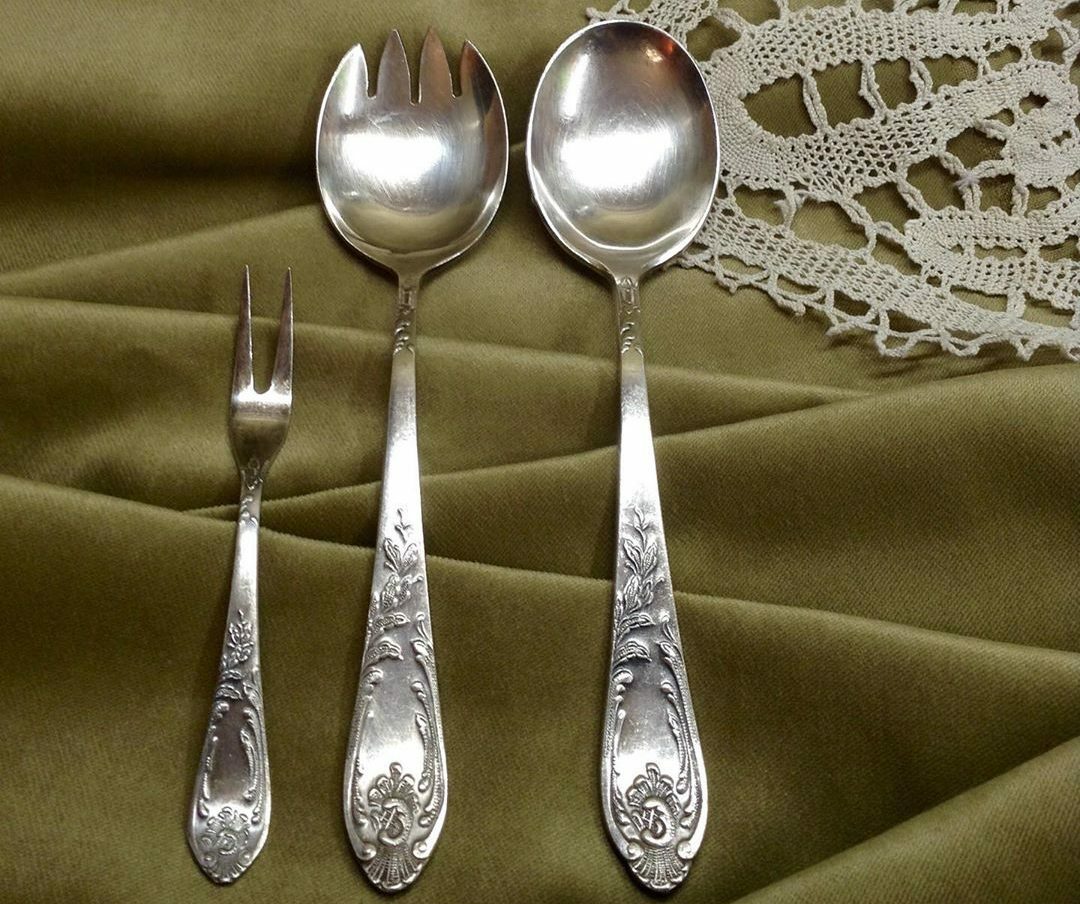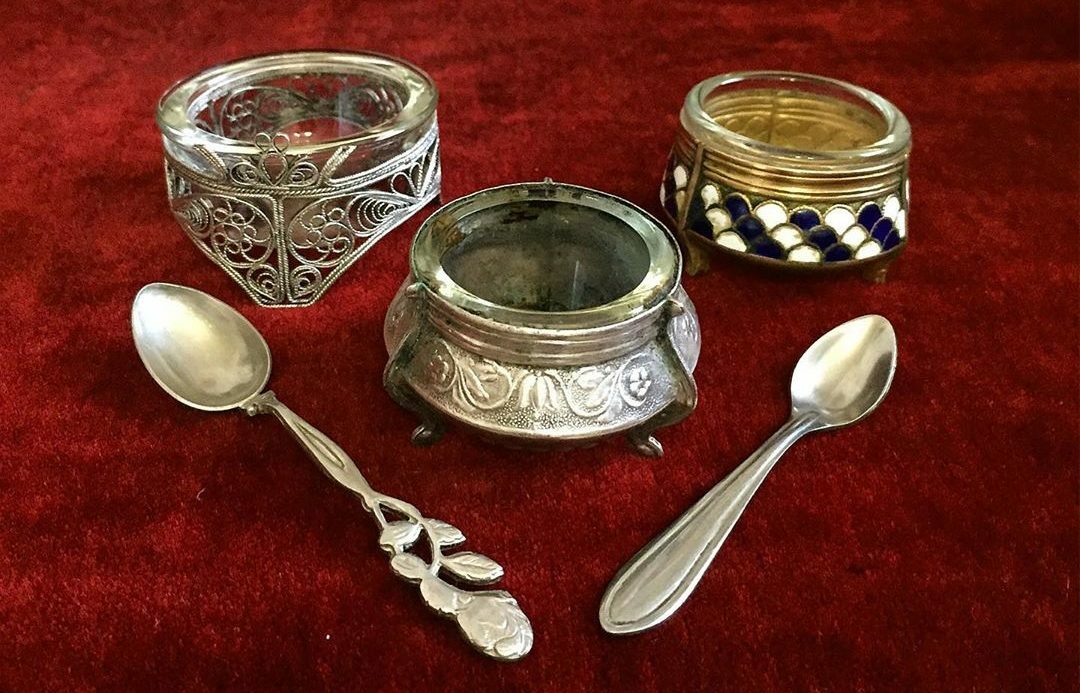Cupronickel is a silver-like alloy of copper and nickel. So similar that, without some knowledge, it is difficult to distinguish the instruments made from it from the more expensive table silver. And this played an interesting joke with cupronickel, because for quite a long time cutlery from other alloys has been produced under this name.

@ vintagniy_cherda4ok
"Types" of cupronickel and their composition
The content of the article
- "Types" of cupronickel and their composition
- How is cupronickel indicated on cutlery
- How to distinguish cupronickel from silver
The euphonious name of this alloy was so liked by many people that it became a kind of common name for all successful imitations of table silver. And these include:
- cupronickel - copper with nickel (70:30, respectively);
- brass - an alloy of copper with zinc and impurities (68: 30: 2 for grade L68 or 63: 35: 2 for grade L63);
- nickel silver - an alloy of copper with nickel and zinc (65:15:20).
In appearance, this trinity is very difficult to distinguish. Their properties are also very similar. And if we take into account that cutlery made of these alloys is also subjected to silvering, then a person who is far from jewelry and metallurgy should be guided by the manufacturer's brand.
How is cupronickel indicated on cutlery
It is not difficult to find out from which alloy certain cutlery is made. Classic cupronickel is marked with MH marking (copper-nickel), and the numbers next to the abbreviation will indicate the percentage of nickel.
Brass is marked with the letter L. At the same time, as already mentioned above, the number near the abbreviation indicates the percentage of copper.
The nickel silver is indicated by the MSC marking, near which there are two numbers at once (for example: MSC 15–20). The first indicates the percentage of nickel and the second indicates the zinc content.
Important: a bona fide manufacturer labels all cutlery. The only exception to the general rule is a table knife: the only mark on it is usually only the grade of stainless steel from which the blade is made. But on the handle there are often no marks about the material from which it is made.

@antyk_old
How to distinguish cupronickel from silver
Since the properties and color of silver analogs almost coincide with those of the original, the only reliable way to distinguish one from the other is by marking. Silver cutlery is marked with numbers only. This is a test by which one can judge the purity of the noble metal.
The second option is to compare the strength and thermal conductivity of cutlery if it is known for sure that one of them is silver. The fact is that cupronickel heats up worse, since it has a lower thermal conductivity. It is also stronger.
Subscribe to our Social Networks


